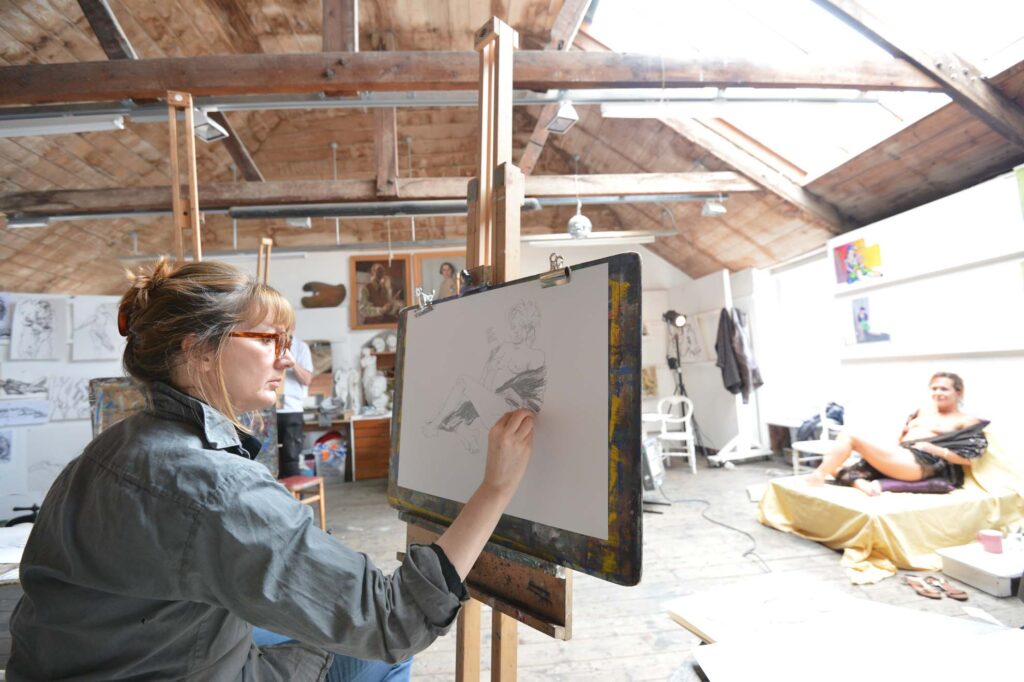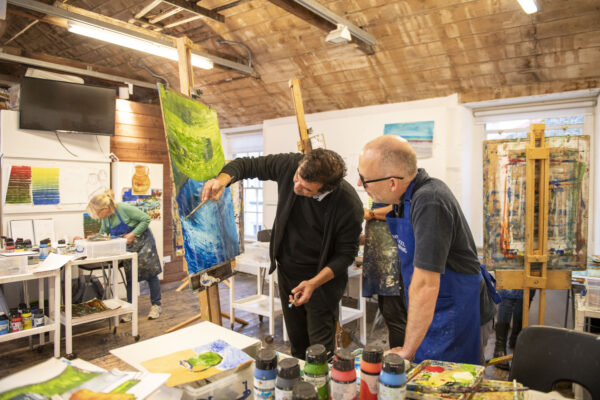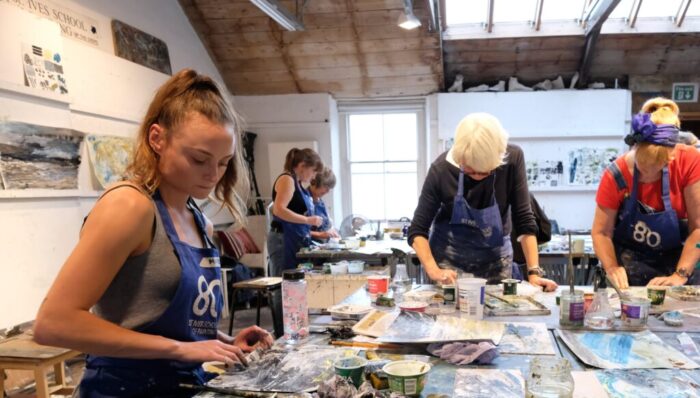What to expect from a still life drawing class
Have you been thinking about attending a still life drawing class but not sure what to expect or what will be expected of you?
No problem! We are fairly experienced when it comes to life drawing, in fact our weekly regular life drawing classes can be dated back to the early 1970s! So, we’ve rounded up the setup and itinerary for a standard class to help give you an idea of how it works.


Setup & Materials
Typically, life drawing classes take place in a studio, with the model at the centre, either standing, sitting, or lying down on a platform. Artists surround the model in a circle or semi-circle enabling them to get different perspectives.
Depending on the type of class, artists will likely work at an easel and for some classes (such as ours), you will be provided with all the necessary materials. In some cases, you will be asked to bring your own, and these materials could include pencils, charcoal, and paper.
The aim is for the environment to be quiet and calm, so typically there will be soft music playing in the background or no music at all.
The Model
Most life drawing models pose nude, as this allows the artist to focus on the natural forms of the human body. However, some classes also offer clothed figure drawing.
There is always an aim to use diverse models, so they can vary greatly in age, gender, body type, and ethnicity, giving you the opportunity to explore different shapes and forms.
Poses by the model vary in length. You may begin with quick, dynamic “gesture drawings” of 1-5 minutes to capture the essence of a pose, followed by longer poses of 10-30 minutes or more, where you can focus on details

Types of Classes
There are two types of classes, guided or open studio. Guided classes, such as life drawing classes at St Ives School of Painting, are taught by an instructor. They may give demonstrations or suggest techniques for capturing proportion, anatomy, shading, or how to break down the figure into basic shapes.
In some open studio classes, especially at advanced levels, the instructor may provide minimal guidance, allowing you to practice freely.
Different Levels of Experience
Beginners: Don’t worry if you’re new to drawing! Life drawing classes often have mixed experience levels, and beginners are encouraged to focus on capturing the general form before diving into details.
Intermediate/Advanced: More experienced artists may focus on fine-tuning anatomy, experimenting with different styles, or working on creating more expressive and dynamic poses.
Tempted to give life drawing a go? We offer bi-weekly sessions at The Island Centre studio in St Ives, Cornwall. You can browse our upcoming classes here: schoolofpainting.co.uk/life-drawing
17/10/2024
Share on
Related Stories

The Guardian - How I learned to paint in St Ives
In November 2024, we were joined by author and journalist, Wyl Meinmuir on our Discover Painting course led by Ilker Cinarel. From a novice painter’s perspective, he followed the course with a write up for readers of The Guardian, you can read more below! Written by Wyl Meinmuir A novice painter finds the artistic heritage...

Your Monthly Roundup: March
A monthly round up of the latest news, insights and events. Sign up to our newsletter to receive this update straight to your inbox!

How to Develop Your Unique Artistic Style
At times, we can all feel isolated and stuck within our creative boundaries, or within our art practices. Artists spend so much time alone, in their homes or studios, trying to create fresh work, but without the motivation or critical eye of supportive peers. Read more on how to develop your unique artistic style. One...
